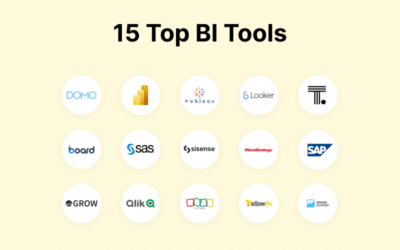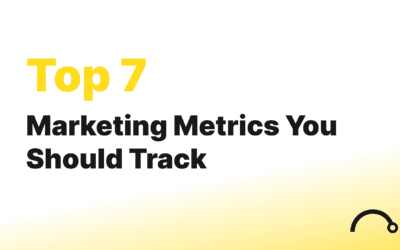In the age of big data, understanding and leveraging your business's information can be the difference between thriving and merely surviving. Every decision, strategy, and goal in your enterprise can be informed, refined, and even transformed by the data you collect...
Open to Work
👋, I’m Travor House
Business Intelligence Analyst
Dynamic and results-driven data professional with 4 years of hands-on experience developing highly effective and measurable marketing and data strategies to drive revenue growth, increase customer acquisition, and expand brand awareness.

🙋🏼♂️ About me
I love going for hikes and visiting new places with my little family. When I’m not seeking out new adventures and experiences, I enjoy learning new skills, whether that’s related to data, woodworking, cooking, science, and more. I started datadayz as a place for me to share knowledge about data science, showcase my portfolio, and as an outfit to consult with clients.
🎧 Listening to
Fleetwood Mac, James Taylor, Morgan Wallen, Chris Stapleton, Blink 182, Smashing Pumpkins, and much much more.
📚 Reading
Atomic Habits, Courage is Calling, and Entangled Life
Here are a few of my certifications

Data Science Bootcamp
2021 – 2022

Data Manipulation in SQL
2022

Mastering SQL Joins
2022

How to Transform Tables with SQL
2022

SQL for Joining Data
2022
See what I’ve been writing about
How to Build a Project in Domo
Domo offers a vast landscape of features that can help turn your data project from ideation to a product that drives invaluable business impact. With many features comes many complexities to building and scaling your Domo project. In this article, we'll walk through...
Domo’s 20 Top Beast Mode Functions
Domo has a wide variety of functions including aggregate, mathematical, logical, string, and date functions which help you achieve just about any of your data transformation needs. Although there are over 80 functions, you will probably end up using about 1/4 of...
14-Step Guide to Building a Successful BI Strategy
Building a business intelligence strategy is the foundation to curating a highly effective data-driven organization. A well-crafted strategy will ensure that you have the proper tools and processes in place to handle some of the toughest data challenges and deliver...
4 Best Practices for Writing Joins in SQL
Joins are one of the most important SQL clauses for data science teams to use when manipulating data. That being said, it's critical to understand the dos and don'ts of writing SQL joins. This article touches on 4 of our top tips for optimizing your SQL join queries....
Top 7 Marketing Metrics You Should Track
Are you tracking the results of your marketing campaigns? Do you know which campaigns are converting, which ones aren't, or which campaigns your customers are coming from? If you can't answer these questions, you're not doing marketing correctly. To get the most bang...









